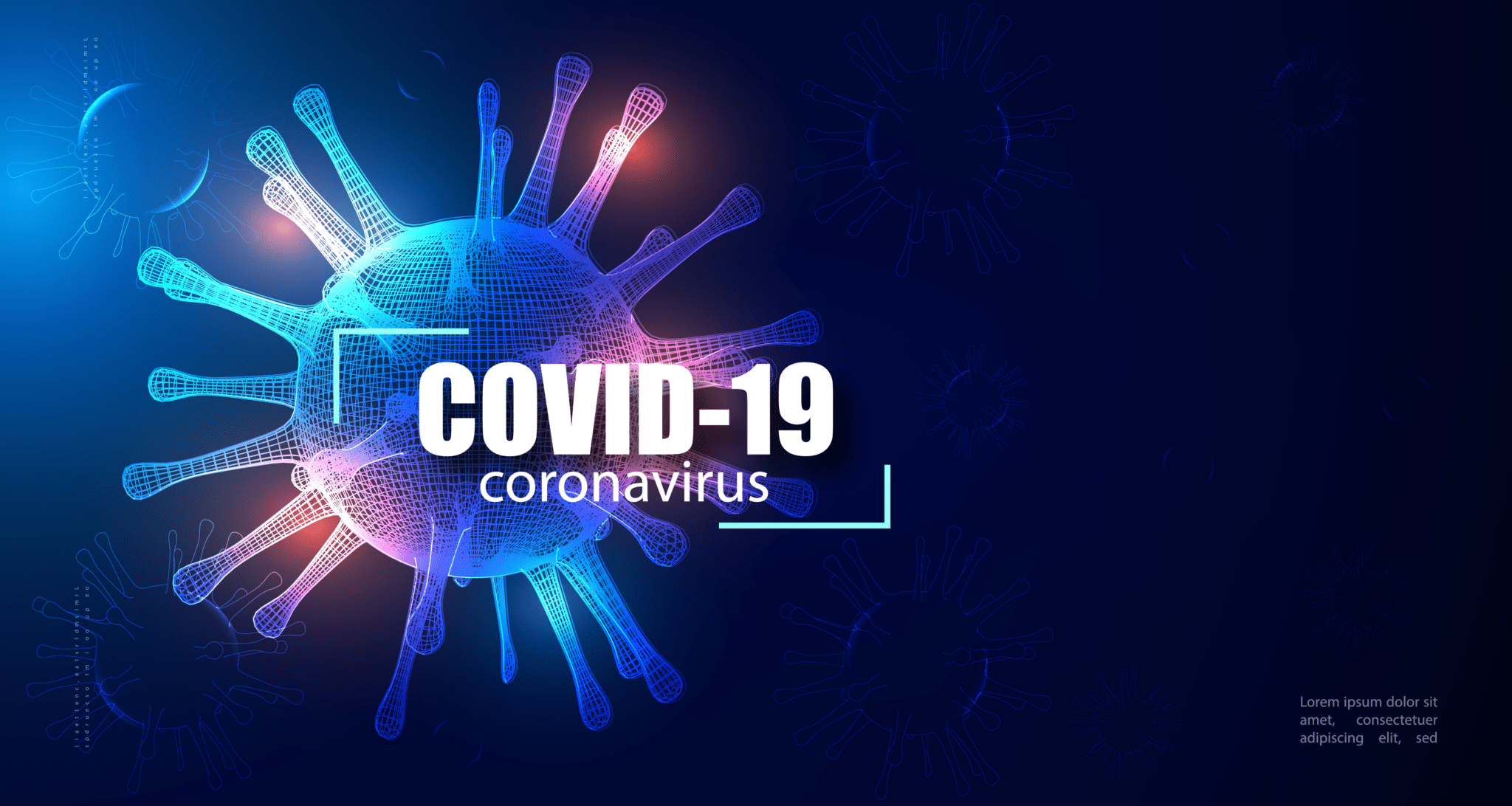In almost every hospital across the nation, COVID-19 has stretched staff, resources, and capabilities. The story is no different right here in Houston County at Houston Healthcare.
President and CEO Charles Briscoe says it has been the challenge of a lifetime and unlike anything he’s ever seen in medicine.
“I can think of no other– We’ve had some challenges, some new laws and rules and things like that have been put in place, but no challenge anywhere close to this,” Briscoe says.
The challenges faced at Houston Healthcare sound a lot like what you have read in the news happening elsewhere.
Resource limitations, pipeline disruptions, ingenuity on the fly due to shortages, the list goes on.
“Our staff went down in the basement of the hospital and put in a process and our own staff over about, I don’t know, six or eight weeks produced 35,000 non-sterile gowns,” Briscoe says proudly.
Gown shortages and other supply line disruptions were just some of the issues.
The biggest challenge has not been a lack of personal protective equipment (PPE) or staff fatigue, according to Briscoe.
“Visitation is probably the biggest challenge,” Briscoe explains, “From a healthcare prospective, what we do every day, the family members are a critical part of the healthcare team.”
Briscoe says visitors, especially family, know medical histories, symptoms, how to support their patients, and provide bedside comfort.
“We’re still coping with it, even though we’ve been able to loosen the visitation restrictions a little bit,” he adds.
To meet an unprecedented crisis and its curveballs, Briscoe and his team turned to a well-practiced protocol. Since March, Houston Healthcare has used its Incident Command Center and emergency preparedness plans.
The systems, often reserved for hurricanes and other such disasters, have come in handy during the COVID-19 pandemic.
“For the most part we met every day,” Briscoe says. Now, it’s about 3 times a week.
The meetings were crucial for planning, supply information, and managing the wide-ranging staff concerns.
From a leadership perspective, Briscoe says the pandemic has hastened some industry advancements and also led to helpful changes, which might become permanent.
For example, Briscoe says COVID-19 rapidly expanded the growing trend of telehealth and virtual doctor’s visits, reducing ER and urgent care wait times.
Also, symptom and health checks at hospital and ER entry points are likely to stay for the foreseeable future, leading to permanent jobs and more eyes on patients entering the hospital.
But at the end of the day, like many other industries seeing major changes, Briscoe knows at the heart of it they are in the people business.
“You don’t really manage people, you just got to support and love on your people. You’ve got to give them guardrails and direction and strategic focus and then for a large part of it, you’ve got to get out of the way and let them do what they’re trained to do. And, they do it very well,” Briscoe says.
Briscoe continued, celebrating his staff’s dedication to caring for patients, following PPE protocols, and taking care of themselves.
He asked the public to continue following public health advice, which in turn helps hospitals and first responders.

